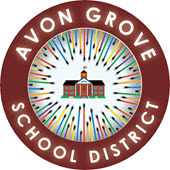World History Encyclopedia
(View Complete Item Description)World History Encyclopedia is a non-profit organization publishing the world's most-read history encyclopedia. Its mission is to engage people with cultural heritage and to improve history education worldwide. The website offers thousands of free history articles, with a writing style aimed at students from middle school level and up. Articles are complemented by videos, timelines, 3D models, and interactive maps. The search function offers many filters, including the possibiliy to search for primary source texts. Additionally, the organization published free teaching materials in its education section (https://www.worldhistory.org/edu/).
Material Type: Diagram/Illustration, Homework/Assignment, Interactive, Lesson, Lesson Plan, Primary Source, Reading




















